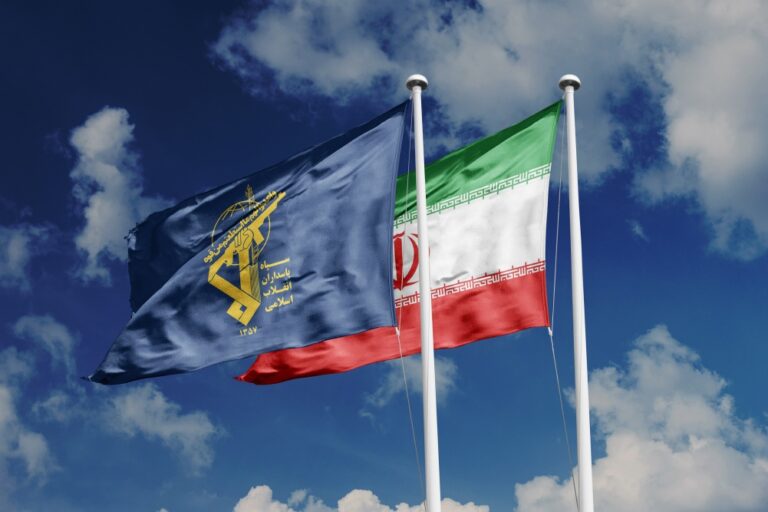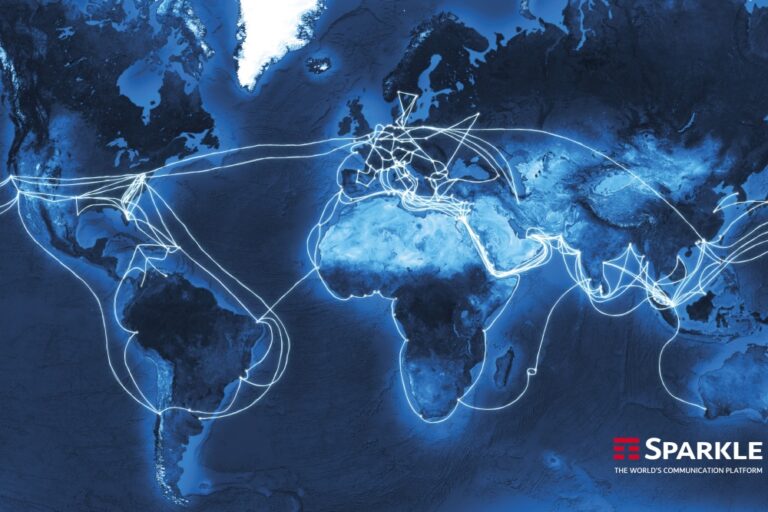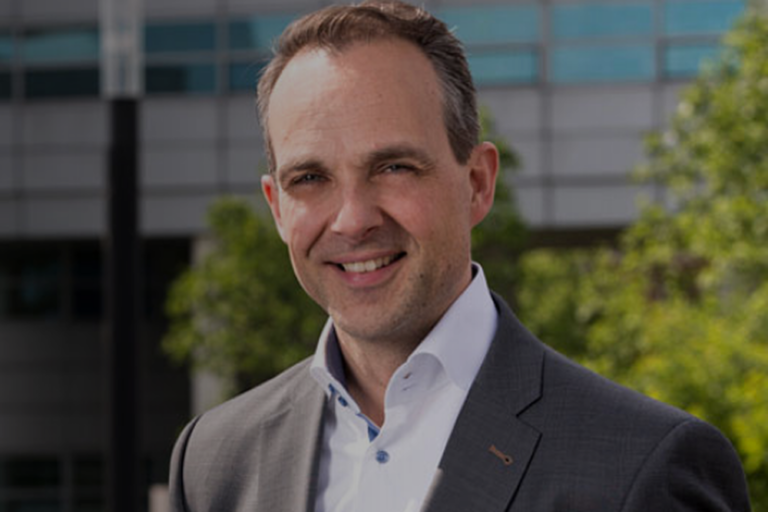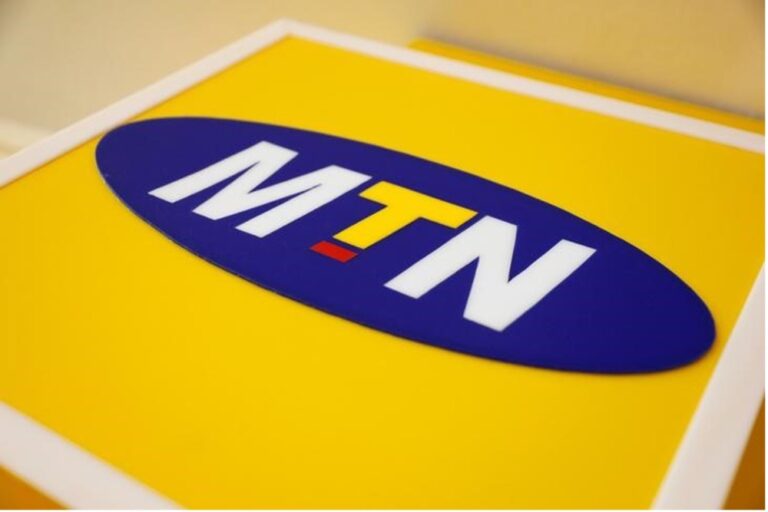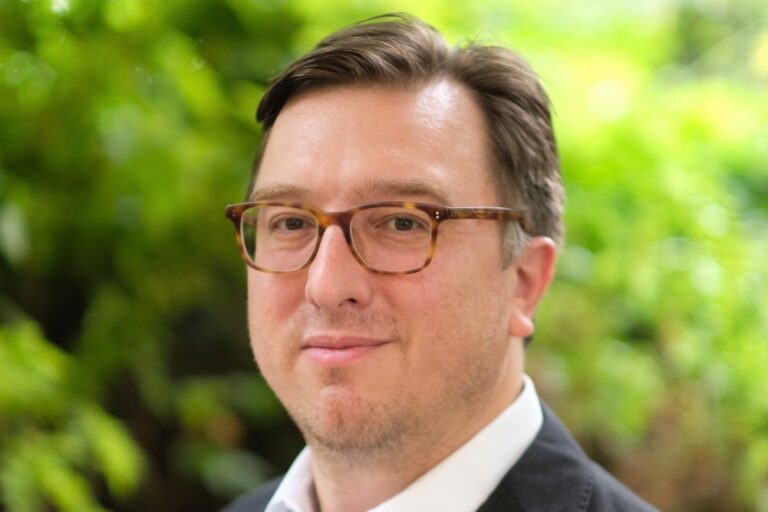Roaming is falling apart as operators decommission older networks, deliver poor customer experience and uncertainty about charges
Roaming – one of the great liberations of the mobile age – requires the complex organisation of mobile operators, phone manufacturers, masts, and regulatory bodies working together seamlessly. It should be one of mobile’s greatest technical achievements but many travellers are finding their phones don’t always work abroad – even in areas that were perfectly covered before – and bills are far from worry free.
When I landed at an airport in Las Vegas, I received an SMS from my mobile operator: Please note, major operators in the US have closed their 3G networks so your services might be impacted. This vague message was followed by a link to a website that was not working.
Another mobile operator (I have several phones) informed me that most probably I would not be able to make phone calls or send/receive SMS within the US, but I could still get data, depending on which phone I had. A follow up SMS confirmed prices of $6 per MB, or about $1200 to watch a Netflix video in low quality for 90 minutes (equivalent to my phone bill for the next 10 years).
A third mobile operator was little better: the gist was that I was lucky to get an SMS in the first place, and perhaps I’d be better off using a messaging app over Wi-Fi.
This is not a unique experience – mobile operators are allowing roaming fall to pieces.
Eradicating older networks
Many mobile operators are in the process of decommissioning their older networks (2G and 3G), in favour of more efficient 4G and 5G networks, but the newer networks are not yet fully supported for roaming by all operators.
Hence we appear to be going backwards, not forwards, to the point I’m wondering if roaming can survive.
More work is needed from mobile operators to protect one of the true successes of the mobile revolution. Here’s my list of what they need to do for roaming to thrive again:
Supporting VoLTE roaming is a must
A lack of international roaming has multiple effects for high-value customers: not receiving an SMS can block a bank transaction or a payment, and phone calls are still an important part of business and private communications. Patchy or non-existent coverage while roaming is unacceptable.
Mobile operators are reducing their value by not providing a consistent connection. Support for 4G and 5G roaming is essential – or customers will go elsewhere.
Build services
Operators must build a robust and reliable network to provide universal service and to sign commercial deals that will get customers connected overseas. If customers can reliably travel to any country and use their mobile phone for voice and SMS, they will likely be happy to pay the premium.
Alternatively, and this is better suited to low-cost operators, rather than spending time, money, and resources building a universal network, they could build packages of OTT services, such as free WhatsApp messaging and voice calling, so that users can use their data allowance (already carried via the 4G network).
Whichever option mobile operators take, their pricing strategy will be very important and must reflect the market, competition and the level of service customers can expect. If prices are too low, they could make the market unviable, but too high and customers will find workarounds.
Create easy to use international packages
In the age of apps, self-service and high customer expectations, some mobile operators are struggling to share information and build packages that allow users to feel in control during international trips. Daily passes, capped spending and many other tools have been created in the market to provide the transparency and worry-free billing that can make roaming easy and enjoyable. Operators should copy best practices.
While roaming is a premium service, don’t gouge customers
A few operators give roaming a bad name; it is every operator’s duty to control and manage their roaming prices. Prices are negotiated by the originating and the visited network and it must be a common goal to set a fair, affordable price for roaming. Operators must ensure roaming services work effectively. If a customer is paying a premium, they had better receive the service they expect.
Keep it simple and be clear
One of the major challenges from the 2000s was the complexity of overlapping technologies consumers had to contend with. They needed the right handset with the correct signal banding for the destination country, the right mobile operator with the correct services enabled and the right products to provide the connection. These issues were ironed out more than 10 years ago. Today, people don’t want to deal with such complexity.
Whatever solution an operator chooses (building roaming networks, or putting together OTT packages for roaming customers), communicate with the customer and let them know what they need to do. For example, allow them to download configuration settings before they set off, tell them exactly what is included in the package or which services work in which countries. For example, some countries, like the UK, are dominated by WhatsApp while others have their own popular equivalent; in Korea the majority of people use KakaoTalk, commonly known as KaTalk.
Keeping pace with technology can be tricky and developments move at a different pace around the world. In South Africa, most mobile users use 3G, with a sizeable percentage still on 2G. In the US, on the other hand, 3G networks are largely decommissioned.
Technology should not be an excuse for poor service. Customers can easily compare services across different operators to find one that works, is reasonably priced, and helps rather than hinders them while travelling.
Conclusion
Phone calls and SMS are seen by many as fundamental services that all operators should provide. Make it easy and seamless for customers and they’ll be happy; make it difficult and inconsistent and they’ll leave in search of greener pastures – and maybe ones from which operators make less or no money.
To help futureproof the mobile industry, it must give customers what they want and need in a way that is easy and accessible for them. By getting roaming right the industry can keep customers happy and stop them looking for alternatives when they travel and will help prevent them churning when they get home.
ABOUT THE AUTHOR
Dario Betti is CEO of Mobile Ecosystem Forum (MEF), a global trade body established in 2000 and headquartered in the UK with members across the world. As the voice of the mobile ecosystem, it focuses on cross-industry best practices, anti-fraud and monetisation.
The Forum provides its members with global and cross-sector platforms for networking, collaboration and advancing industry solutions.
Twitter
LinkedIn
Facebook


